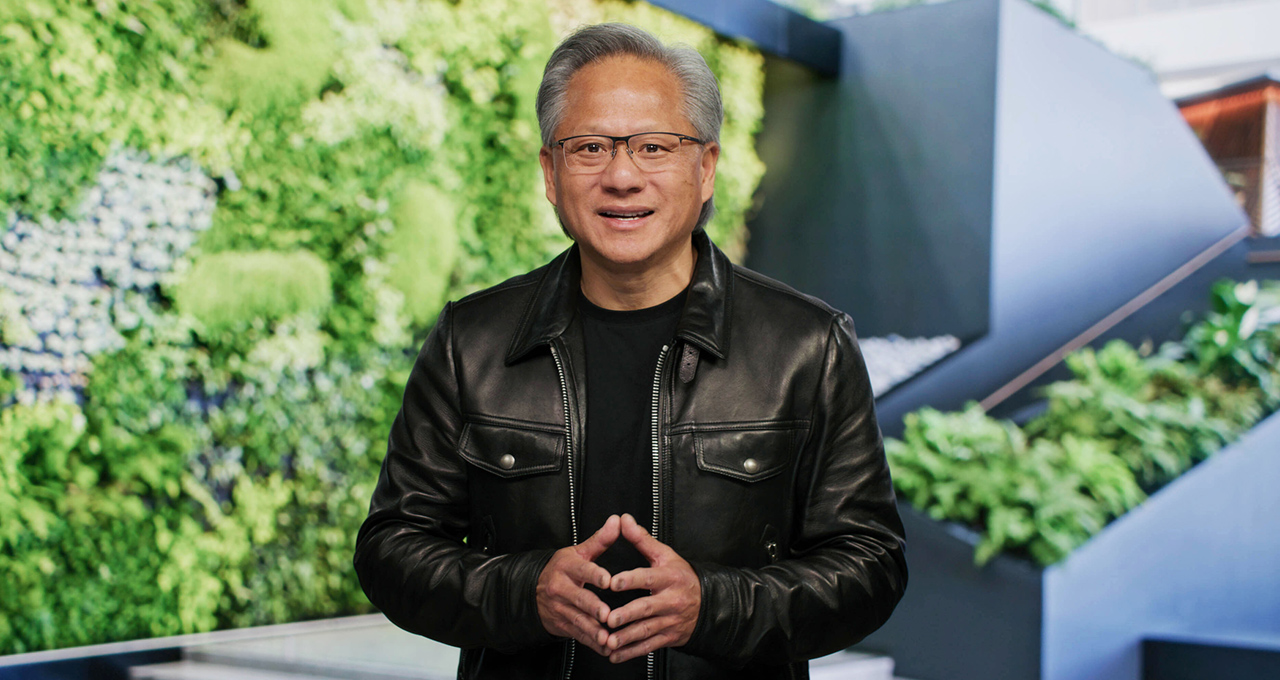AI’s Role in Reducing Pollution, Saving Fuel, and Easing Traffic in 2025
By: AI Trends from Web & Cloud. Artificial Intelligence (AI) continues to revolutionize various sectors, and its impact on environmental sustainability and urban mobility will be more significant than ever in 2025.

AI’s Role in Reducing Pollution, Saving Fuel, and Easing Traffic in 2025
Artificial Intelligence (AI) continues to revolutionize various sectors, and its impact on environmental sustainability and urban mobility is more significant than ever. By 2025, advancements in AI and related technologies are expected to further enhance efforts to reduce pollution, save fuel, and ease traffic congestion.
Reducing Pollution
AI-driven solutions are now more sophisticated, enabling real-time monitoring and management of air quality. Advanced AI algorithms analyze data from a network of sensors placed throughout urban areas, predicting pollution levels and identifying sources of emissions. This allows for targeted interventions, such as adjusting traffic flow or industrial activity to minimize pollution spikes.
Moreover, AI is being integrated into smart grids to optimize energy consumption and reduce carbon footprints. By predicting energy demand and managing supply from renewable sources, AI helps in reducing reliance on fossil fuels.
Saving Fuel
The transportation sector has seen significant advancements with AI-powered systems. Autonomous vehicles, now more prevalent, use AI to optimize routes, reducing fuel consumption and emissions. These vehicles communicate with each other and with traffic management systems to avoid congestion and ensure smooth traffic flow.
AI also plays a crucial role in fleet management. Companies use AI to analyze driving patterns, vehicle maintenance needs, and fuel consumption, leading to more efficient operations and significant fuel savings.
Easing Traffic
Traffic management systems have become smarter with the integration of AI. These systems use real-time data from various sources, including cameras, sensors, and GPS devices, to monitor traffic conditions and predict congestion. AI algorithms then adjust traffic signals and provide route recommendations to drivers, reducing traffic jams and improving overall traffic flow.
Additionally, AI-powered apps offer personalized travel recommendations, taking into account current traffic conditions, public transportation schedules, and user preferences. This helps commuters choose the most efficient and least congested routes.
Future Prospects
Looking ahead, the integration of AI with emerging technologies like 5G and the Internet of Things (IoT) will further enhance its capabilities. For instance, connected vehicles will communicate seamlessly with smart infrastructure, leading to even more efficient traffic management and reduced environmental impact.
In conclusion, AI's role in reducing pollution, saving fuel, and easing traffic is set to grow even more critical by 2025. As these technologies continue to evolve, they promise a cleaner, more efficient, and less congested future.
Implementing AI solutions to reduce pollution, save fuel, and ease traffic comes with several challenges:
1. Data Privacy and Security: Collecting and analyzing vast amounts of data from sensors, vehicles, and infrastructure raises concerns about data privacy and security. Ensuring that this data is protected from breaches and misuse is crucial.
2. High Costs: Developing and deploying AI technologies can be expensive. This includes the costs of hardware, software, and ongoing maintenance. Securing funding and justifying the investment can be challenging for many municipalities and organizations.
3. Infrastructure Requirements: Implementing AI solutions often requires significant upgrades to existing infrastructure. This can include installing new sensors, upgrading communication networks, and integrating various systems, which can be both time-consuming and costly.
4. Interoperability: Ensuring that different AI systems and technologies can work together seamlessly is a major challenge. This requires standardization and collaboration between different stakeholders, including government agencies, private companies, and technology providers.
5. Public Acceptance: Gaining public trust and acceptance of AI technologies, especially in areas like autonomous vehicles, can be difficult. People may have concerns about safety, privacy, and the potential loss of jobs due to automation.
6. Regulatory and Ethical Issues: Developing regulations that keep pace with rapid technological advancements is challenging. There are also ethical considerations, such as ensuring AI systems are fair, transparent, and do not perpetuate biases.
7. Technical Limitations: Despite advancements, AI technologies are not infallible. They can still make errors, and their performance can be affected by factors like poor-quality data or unexpected situations.
Addressing these challenges requires a collaborative effort from governments, industry, and the public to create a supportive environment for the successful implementation of AI solutions.
There are several successful examples of AI implementation in urban areas around the world. Here are a few notable ones:
1. Singapore: The city-state uses AI to analyze traffic patterns and optimize traffic flow. This has significantly reduced congestion and improved commute times.
2. Seoul, South Korea: AI-driven systems have been implemented to optimize waste collection routes and frequencies, which has reduced operational costs and improved efficiency.
3. New York City, USA: AI is used to gauge public sentiment on development projects, fostering community-centric urban planning. This helps ensure that new developments meet the needs and preferences of residents.
4. Tokyo, Japan: The city leverages AI to optimize public transportation by analyzing commuter data. This has eased congestion and enhanced the overall commuting experience.
5. Copenhagen, Denmark: AI and data analytics are used to track progress toward carbon neutrality by 2025. This guides eco-friendly urban design and helps the city achieve its sustainability goals.
6. Dallas, USA: The city is trialing self-driving trucks to improve logistics and reduce traffic congestion. This innovative use of AI is part of a broader effort to integrate autonomous vehicles into urban transportation systems.
These cities demonstrate how AI can be effectively used to address various urban challenges, from traffic management and waste collection to sustainable development and public transportation.
What are the key factors for a city to successfully adopt AI technologies? Successfully adopting AI technologies in urban areas involves several key factors:
1. Vision and Leadership: A clear vision for how AI can address urban challenges is essential. City leaders must be committed to embracing technological change and driving initiatives that leverage AI for public benefit.
2. Infrastructure and Data: Robust infrastructure is crucial for supporting AI technologies. This includes high-speed internet, IoT devices, and data collection systems. Additionally, having access to high-quality, comprehensive data is vital for training AI models and making informed decisions.
3. Talent and Skills: Attracting and retaining top talent in AI and related fields is necessary. This involves investing in education and training programs to build a skilled workforce capable of developing and managing AI solutions.
4. Public Trust and Engagement: Gaining public trust is critical for the successful implementation of AI. Transparent communication about the benefits and risks of AI, as well as involving the community in decision-making processes, can help build trust and acceptance.
5. Regulatory Framework: Establishing a supportive regulatory environment that encourages innovation while addressing ethical and privacy concerns is important. This includes creating policies that ensure data security, fairness, and accountability in AI applications.
6. Collaboration and Partnerships: Collaboration between government agencies, private sector companies, academic institutions, and other stakeholders is essential. Partnerships can provide the necessary resources, expertise, and innovation to drive AI initiatives forward.
7. Scalability and Flexibility: AI solutions should be scalable and adaptable to changing needs and technologies. This requires a flexible approach to implementation, allowing for continuous improvement and integration of new advancements.
By focusing on these factors, cities can create a conducive environment for the successful adoption of AI technologies, ultimately enhancing urban living and addressing key challenges.
Let's talk about yours, we would love to learn more about your AI-driven innovation or consulting services. Our AI Trends Team may be able to write about your solutions.




































